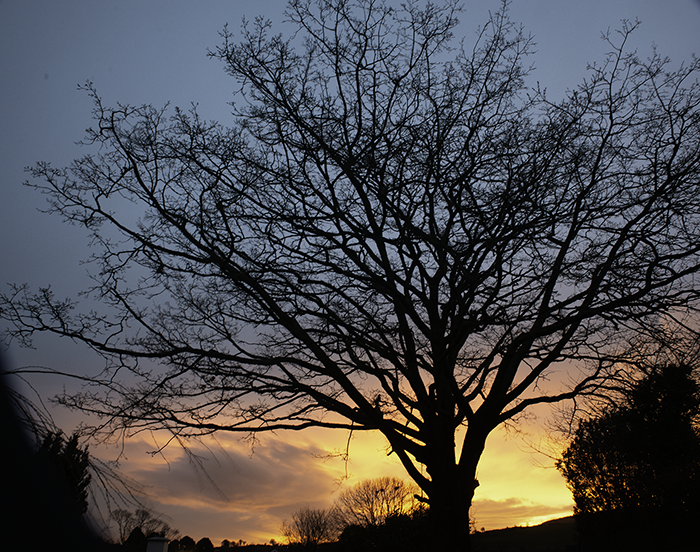. At some point I realised that trees have the same shape as rivers. A tree has a trunk, which divides into branches, which then divide into smaller branches, then smaller again, until finally those branches end in tiny twigs [115]. A river is that in reverse – the Thames starts with tiny streams in Gloucestershire, which merge into babbling brooks, which themselves meet to form twenty tributaries, which then finally merge to form the great river that joins London to the sea [223].
What is fascinating is that this shape – which I now know is called ‘dendritic’, from the Greek word for tree, dendron – is one of the most prolific shapes in all of nature. The system of arteries and veins in our bodies is dendritic, from the great central arteries to smaller veins all the way to the tiny capillaries under the skin, which are, so to speak, the twigs of the system.
Likewise our nervous system: the great central nerve running down our spine from the brain divides into median nerves which finally end in the tiny nerves at the tips of our fingers. Indeed the human body itself is dendritic – we have a trunk (we actually call it that, as if it were a tree); the trunk has four branches – our limbs – and each branch ends in five twigs – our fingers and toes. Indeed I suppose we could consider the tiny hairs on our fingers as even tinier twigs.
So not only do trees mimic us, but we mimic trees.
The dendritic shape is repeated all through nature. Watch a flash of lightning: far from having that zig-zag shape we find on electrical warning notices, it has usually a curling main shaft, often of wondrous brilliance, which descends into snaking tendrils which break into smaller ones just before they hit the earth [224]. Well, that’s how it seems, but I’m told lightning actually moves upwards from earth to sky, functioning almost as the roots of a tree.
Indeed it’s interesting that a tree root is the tree itself in reverse – with the small tendril roots feeding nourishment back up to the main root and thence to the tree trunk. Even the geranium on your windowsill is dendritic, with the main stem ending in all those lovely red blooms, and reversed in the root down inside the pot. #
